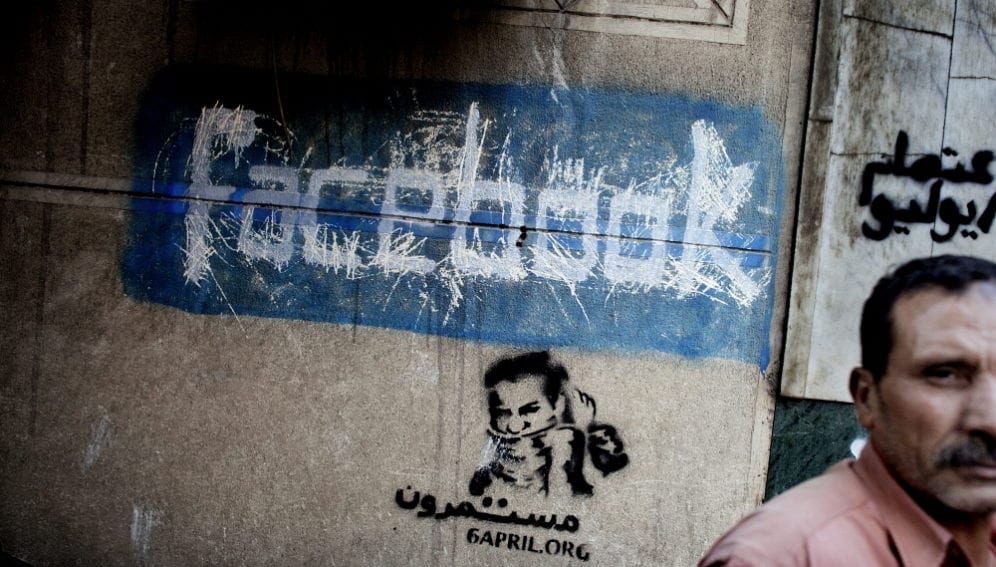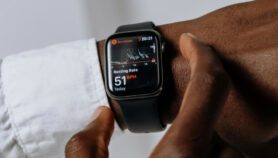Send to a friend
The details you provide on this page will not be used to send unsolicited email, and will not be sold to a 3rd party. See privacy policy.
I was invited to moderate a panel at the World Health Summit in Berlin this week. The focus of the session was social media’s role in global health.
Within the first three hours of the summit, two other sessions had acknowledged that global health governance needed a shake-up and should move away from top-down, supply-driven models. Could social media, with their emphasis on dialogue and inherent transparency, be the solution?
Heidi Larson from the London School of Hygiene & Tropical Medicine, whose brainchild this particular workshop was, did two things in her design of the panel that proved tactical: she was keen that we explore limitations as much as opportunities and she drew on a wide cross-section of institutions with differing approaches and objectives relating to health and social media.
Let me start with what were identified as the contributions of social media to health.
The most overwhelming is social media’s reach and their ability to multiply audience figures with a previously inconceivable efficiency. Facebook has more than 900 million monthly users, while Twitter has 140 million ‘active’ users, generating 340 million tweets a day.
“The potency of social media to leverage influence is well documented. This is because, in the current generation of platforms, the social element is a more important driver of communication than the media one.”
Nick Ishmael Perkins
The panel offered several examples of crowdsourcing, where programmes took advantage of the discussion, reach and speed of social media for surveillance of all sorts. From picking up signals of vaccine resistance (as Larson does in her work) to monitoring medical stocks and crisis hotspots (as Kenya-based non-profit tech company Ushahidi does).
There is also an opportunity, of course, to solicit ideas and innovations, and Joseph Tucker from the University of North Carolina at Chapel Hill, United States, has built a programme around doing this for testing men who have sex with men for sexually transmitted infections. Perhaps most intriguingly, Tucker shared a documented example from a country fair in 1907 where the crowd’s median estimate of an ox’s weight was more accurate than those of individual experts.
In addition, there is also the holy grail of public health-behaviour change. The potency of social media to leverage influence is well documented. This is because, in the current generation of platforms, the social element is a more important driver of communication than the media one. Trust determines who you listen to and when, not the technology either of you use. As Gavin Tuffey from healthcare firm GlaxoSmithKline pointed out, a conversation that might take place over coffee with a friend seeking advice on cervical cancer can now include millions, almost simultaneously. In China, Tucker is leveraging social media and their more outspoken champions to transform home testing for HIV.
Interestingly, however, there were more risks to emerge from the discussion than opportunities, with six issues highlighted.
First, duty of care is crucial for socially responsible engagement. Do people understand the implications of their participation in social media campaigns? Daudi Were from Ushahidi gave the example from Kenya of tuberculosis patients exposing themselves to prosecution by local authorities by sharing their unwillingness to comply with their treatment protocol.
Institutions need to make provision for this.
Second, there is still a need for a strategy to deliver health outcomes. Although Ushahidi is dedicated to using social media for mapping, Were said its technology is only ten per cent of any public health solution. Being able to deliver on what you promise is core to communication management and the glamour of being involved in social media mustn’t get in the way of this.
Third, social media can mean big data. In the week when Hurricane Sandy hit the eastern seaboard of the US in 2012, there were 20 million tweets about it. That is a vast amount of data to process. This information needs to be analysed — and that needs to happen quickly because speed is crucial in healthcare. There is no short cut currently available for the human filtering that allows decisions to be made about mobilising resources in response.
Fourth, there are also opportunities for countervailing voices. Tuffey spoke repeatedly about the challenge of unmoderated conversations because, just as water-cooler discussions can sustain bad science or daft opinions, so too can prolific Twitter accounts. Larson pointed out there was as much positive messaging as negative messaging about polio vaccines in Nigeria and Pakistan. Social media are not inherently good or bad, once you understand the mechanics, anyone can engage ‘effectively’.
Fifth, there are serious concerns about human rights here. The polio vaccine community in particular have been subject to accusations of Big Brother-style surveillance. But anyone seeking to monitor or ‘manage’ conversations on social media should be clear about the boundaries of privacy and public interest. In the era of WikiLeaks and Edward Snowdon, you do not want to find your social media profile becoming raised for reasons you hadn’t anticipated or wouldn’t welcome.
Lastly, we should be wary of overstating representation. This was significantly the least explored issue by the panel. There is a fundamental underlying assumption that social media engage a universal audience with a variety of interests. On a basic level, there are still some issues that present barriers to participation, such as functional literacy (some estimates are that only ten per cent of people in certain Sub-Saharan Africa communities can send text messages) and access to the Internet (typically in Africa women are 45 per cent less likely to have such access than men). But there is also a more sophisticated nuance: even in the most industrialised countries, there are differences in social media use based on generations, political inclinations and personal tastes. We think of a standardised global audience at our peril.
Asked what one bit of advice they would offer institutions thinking of engaging more substantively with social media, all the panellists agreed it would be to think carefully about context, rather than scale.
A good example of what this might mean in practice came from Dick Costolo, CEO of Twitter in an interview with Forbes. Explaining why Twitter makes a great complement to TV, he said that a discussion about a television show was previously limited to the people watching it in any one room but Twitter expands the room. This is a good illustration of what social media offers and what its limits are because, by implication, you’re often better off focusing on the people who are likely to watch a particular programme and then be inclined to talk about it, than targeting an abstract notion of the global community.














